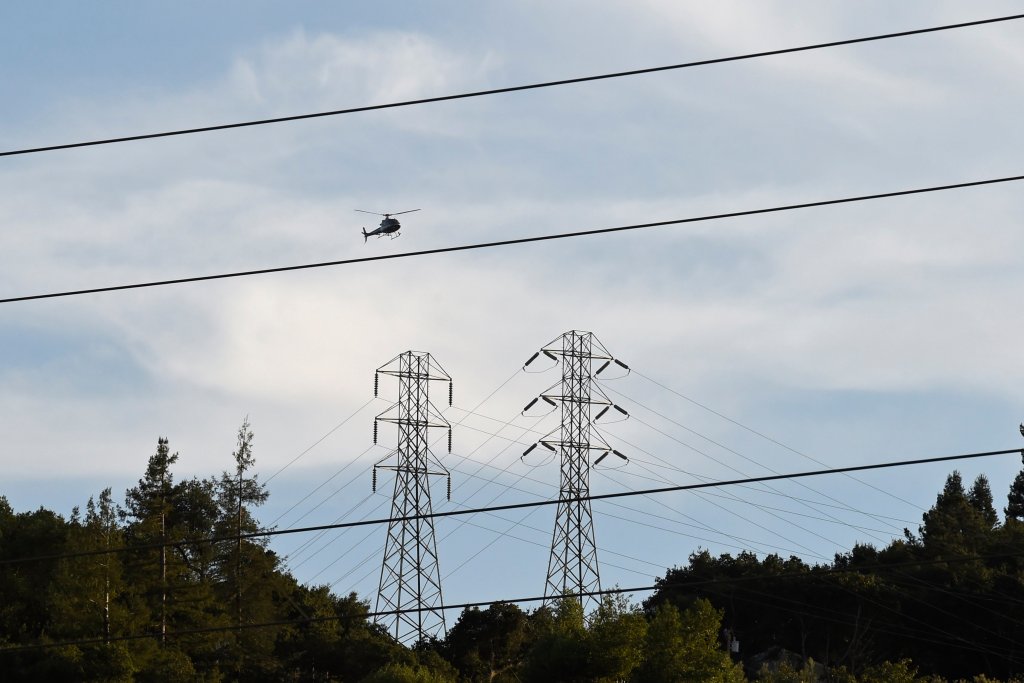Coronavirus-linked government orders have produced layoffs, furloughs, business shutdowns, and forced people to work from home — and now the mandates may result in higher PG&E electric bills for some customers.
Some PG&E customers have begun to receive notices that warn of possible hefty increases in electric bills, a forbidding prospect that has prompted one group to demand that regulators remedy the potential hit to the pocketbooks of for low- and middle-income ratepayers.
“You might incur the state-mandated surcharge for high usage” is a key phrase — and a warning — in an email notice that an unknown number of customers have received lately, according to an email from PG&E that was provided to this news organization.
At present, PG&E customers’ electric bills are calculated primarily on whether their usage puts them into one of three tiers, Tier 1, Tier 2, and High Usage. The more electricity that’s consumed, it becomes more likely that a customer would wind up in a higher tier.
Under normal circumstances, the odds would be decent that a customer could easily avoid the dreaded third tier of high usage and the accompanying surcharge. Prior to the business shutdowns ordered by state and local government agencies, people were frequently at a physical work location and were consuming electricity away from the house.
But in the current regimen of the shelter-in-place and work-from-home economy in the Bay Area, the odds have risen that people might be consuming a lot more electricity than usual at home.
The squeeze on consumer pocketbooks might be intensified if a ratepayer also now is providing a remote high-tech classroom because teachers and students are being kept away from their schools. More computers might be operating in the house during the day, and those all need power.
Plus, amid a brutal heatwave during August, air conditioners in many residences have operated at full blast for several hours every day, potentially raising the odds that a ratepayer could incur the high-usage surcharge.
“If we are going to protect low- and middle-income ratepayers, we need more pricing tiers, not fewer,” said Mark Toney, executive director of The Utility Reform Network, or TURN.
Alarmed by the prospect of higher bills due to increased power consumption at home amid the coronavirus, the state Public Utilities Commission on May 7 approved a plan to temporarily ease the pain of higher electricity bills.
The PUC instituted a program to accelerate the distribution of a California Climate Credit on electric bills so that the credit would have more of an effect in the summer months. Of course, that means that the credit program will expire more quickly. The October credit was moved up and split between the bills for May and June.
“The high-usage surcharge was imposed to encourage conservation by those who are high users of electricity,” said Katie Allen, a PG&E spokesperson. “It was introduced in 2017 to encourage energy conservation.”



















